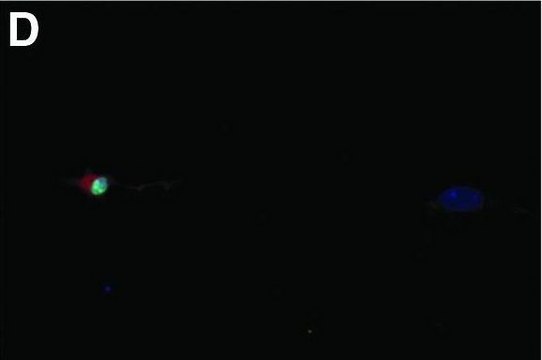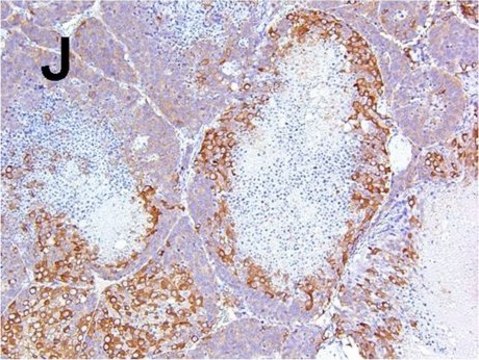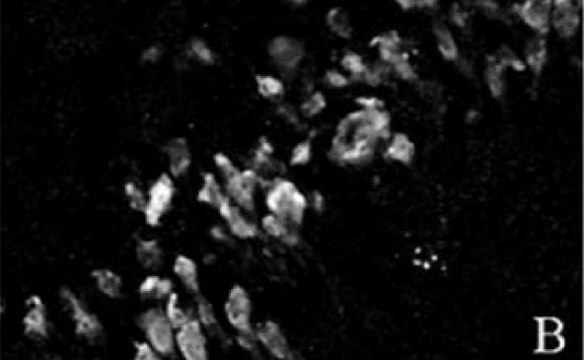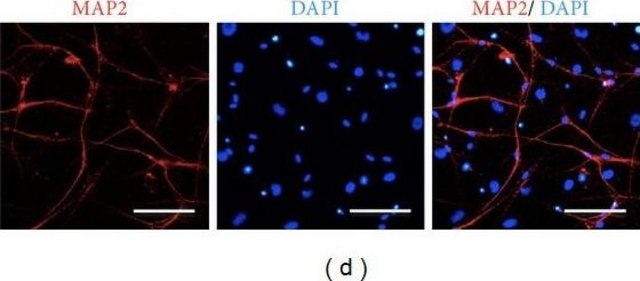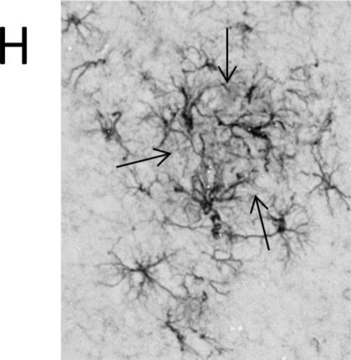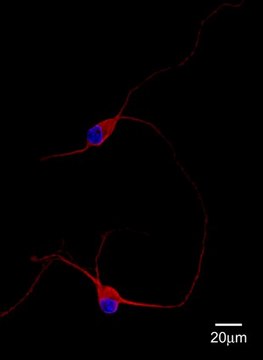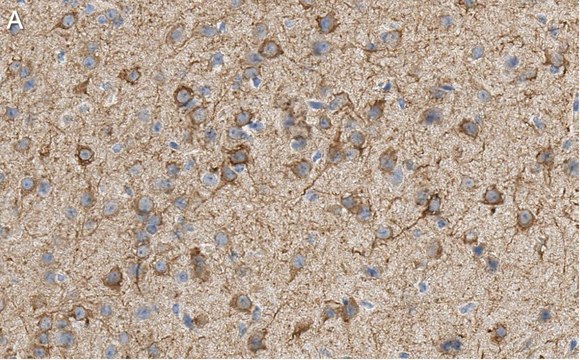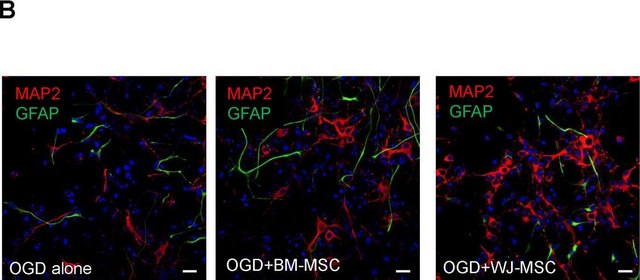M1406
Anti-MAP2 Antibody
mouse monoclonal, AP-20
Synonym(s):
Anti-Microtubule Associated Protein 2
About This Item
Recommended Products
Product Name
Anti-MAP2 (2a+2b) antibody, Mouse monoclonal, clone AP-20, ascites fluid
biological source
mouse
Quality Level
conjugate
unconjugated
antibody form
ascites fluid
antibody product type
primary antibodies
clone
AP-20, monoclonal
mol wt
apparent mol wt 280 kDa
contains
15 mM sodium azide
species reactivity
Xenopus, mouse, quail, human, bovine, rat, aquatic salamander
technique(s)
immunocytochemistry: suitable
western blot: 1:500 using rat brain enriched microtubule protein preparation or rat cerebral cortex extract
isotype
IgG1
UniProt accession no.
shipped in
dry ice
storage temp.
−20°C
target post-translational modification
unmodified
Gene Information
human ... MAP2(4133)
mouse ... Mtap2(17756)
rat ... Map2(25595)
Looking for similar products? Visit Product Comparison Guide
Related Categories
General description
Monoclonal Anti-MAP2 (2a + 2b) (mouse IgG1 isotype) is derived from the hybridoma produced by the fusion of mouse myeloma cells and splenocytes from an immunized mouse.
Immunogen
Application
Biochem/physiol Actions
Physical form
Storage and Stability
Disclaimer
Not finding the right product?
Try our Product Selector Tool.
recommended
Storage Class Code
11 - Combustible Solids
WGK
WGK 1
Regulatory Information
Choose from one of the most recent versions:
Certificates of Analysis (COA)
Don't see the Right Version?
If you require a particular version, you can look up a specific certificate by the Lot or Batch number.
Already Own This Product?
Find documentation for the products that you have recently purchased in the Document Library.
Our team of scientists has experience in all areas of research including Life Science, Material Science, Chemical Synthesis, Chromatography, Analytical and many others.
Contact Technical Service